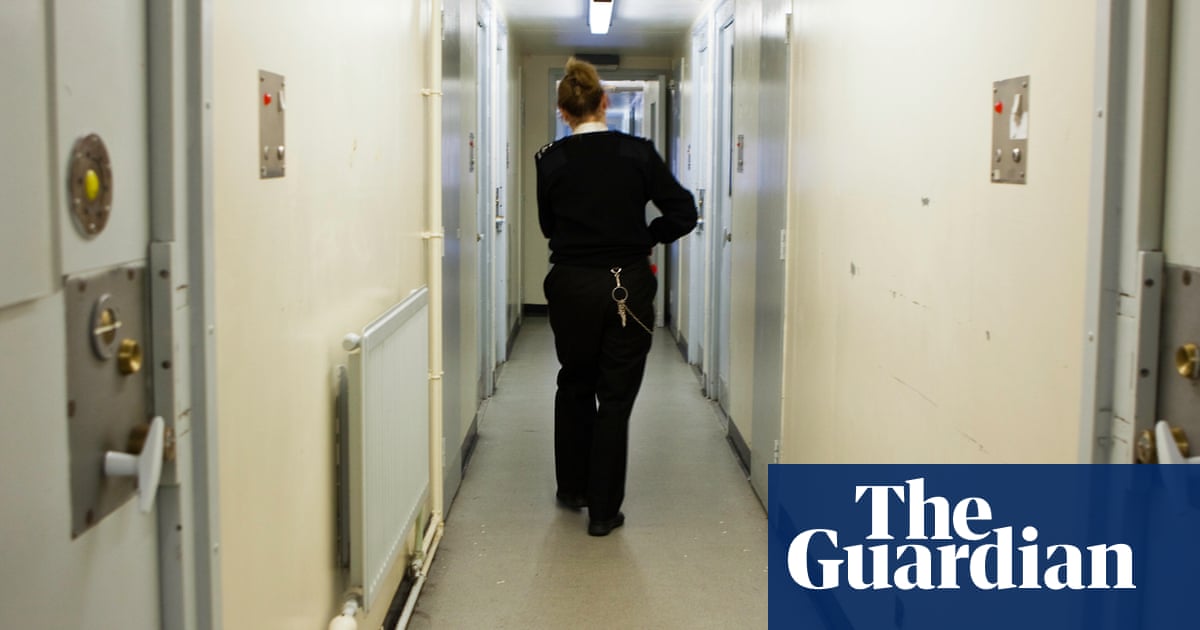Robert Jenrick’s demand for armed prison guardshas been described as “headline-grabbing nonsense” by organisations representing governors and staff.
The shadow justice secretary, who has made a series of eye-catching demands over the last few days, said on Sunday that prison officers should be allowed to carry guns and build up “armouries” to clamp down on violence from Islamist gangs and violent prisoners.
Tom Wheatley, the president of the Prison Governors’ Association, said: “The firearms/lethal force armouries suggestion is just headline-grabbing nonsense.
“If this was needed, why wouldn’t armed police be deployed rather than creating another trained force in our service?
“It is likely that the lord chancellor [Shabana Mahmood] is considering wider use of protective body armour, but the focus should be on the need for more investment to counter drones and serious organised crime,” he said.
The Prison Officers’ Association (POA), which has warned that it is only a matter of time before a prison officer is murdered because of a rise in prison violence, also poured cold water on the Tories’ demand for guns in prisons.
Mark Fairhurst, the national chair of the POA, said: “We are asking for Tasers and the use of non-lethal options. If we ever need firearm support we have an agreement with chief constables to provide mutual aid.
“The Tories think we need this level of protection but we need to exhaust all other options first, including adequate protections for staff and ‘supermax’ facilities,” he said.
On Friday, a prison officer at HMP Long Lartin in Worcestershire was seriously injured when he was stabbed by a violent inmate with a knife that was believed to have been flown into the high-security jail by a drone.
Last month, Hashem Abedi, the Manchester Arena bomber, who is serving life for 22 murders,attacked three officersin a separation unit at the high-security HMP Frankland in County Durham.
Shabana Mahmood, the lord chancellor, has ordered a review into whether to issue frontline officers with stab vests, as well as a trial of Tasers, and the suspension of prisoners’ use of kitchens in separation units used to segregate Islamist terrorists.
In an article forthe Telegraph, Jenrick said: “We have to stop pussy-footing around Islamist extremists and violent offenders in jails.
Sign up toFirst Edition
Our morning email breaks down the key stories of the day, telling you what’s happening and why it matters
after newsletter promotion
“That means arming specialist prison officer teams with Tasers and stun grenades, as well as giving them access to lethal weapons in exceptional circumstances.
“If prison governors can’t easily keep terrorist influencers and radicalising inmates apart from the mainstream prisoners they target, then we don’t control our prisons – they do. We must take back control and restore order by giving officers the powers and protection they need.”
Whitehall sources said that taking guns on to the prison estate would make officers carrying weapons a “deadly target” for prison gangs.
Jenrick has generated eye-catching headlines over recent days, but has denied that he wishes to replace Kemi Badenoch as Tory leader.
On Thursday, heposted a video of himself onlineconfronting people he accused of fare-dodging in central London. A spokesperson for Jenrick has been approached for a comment.
